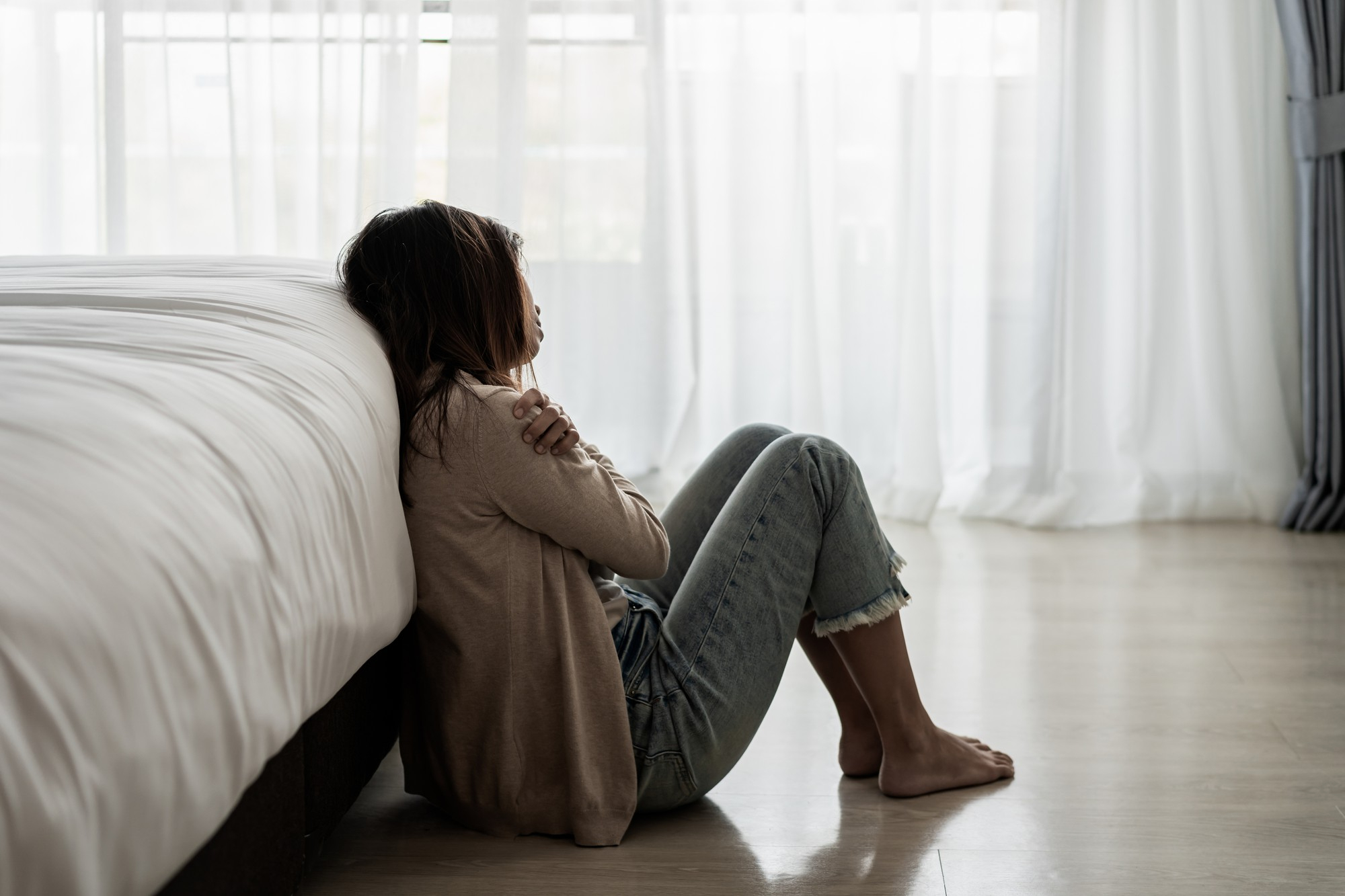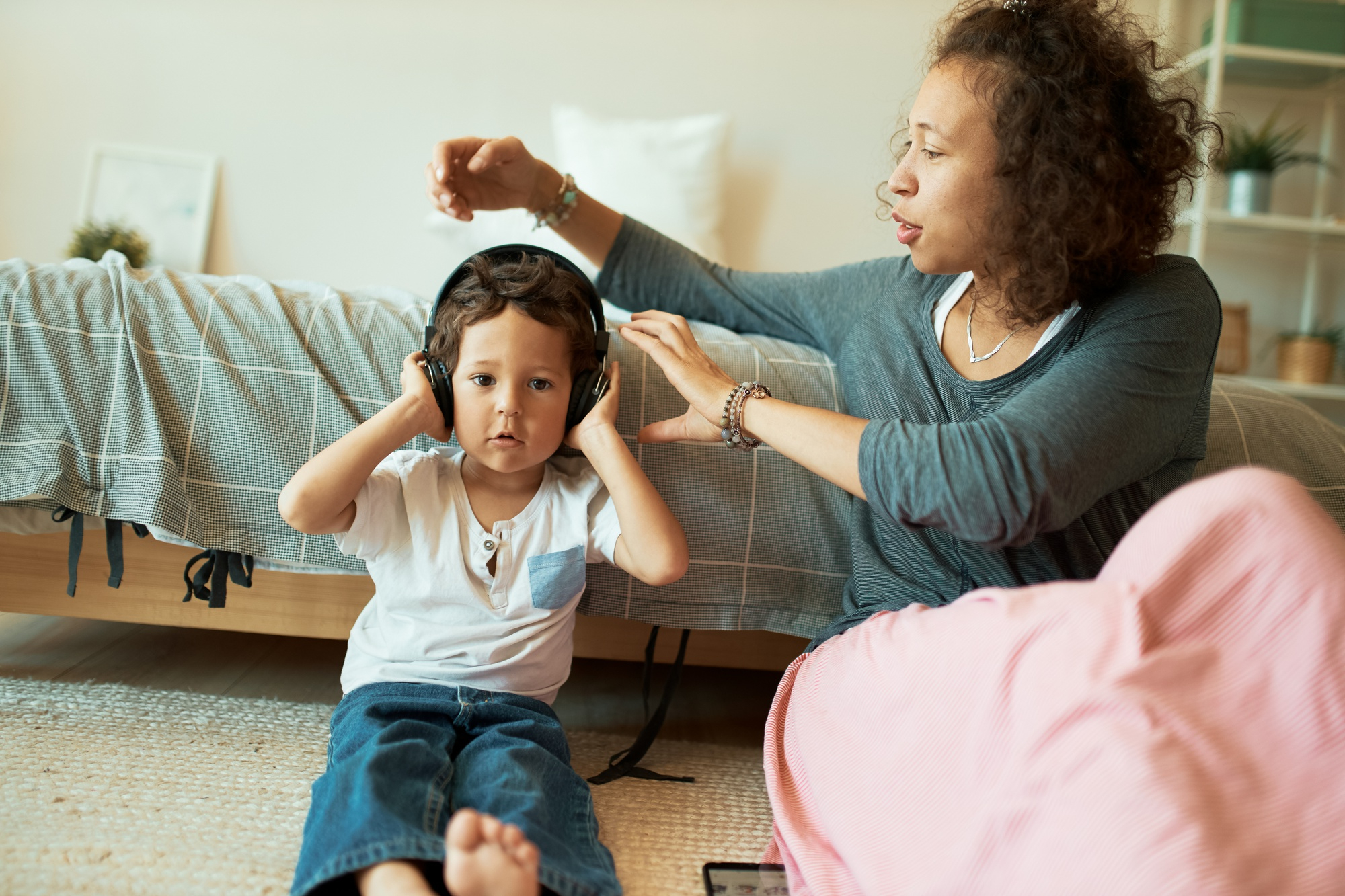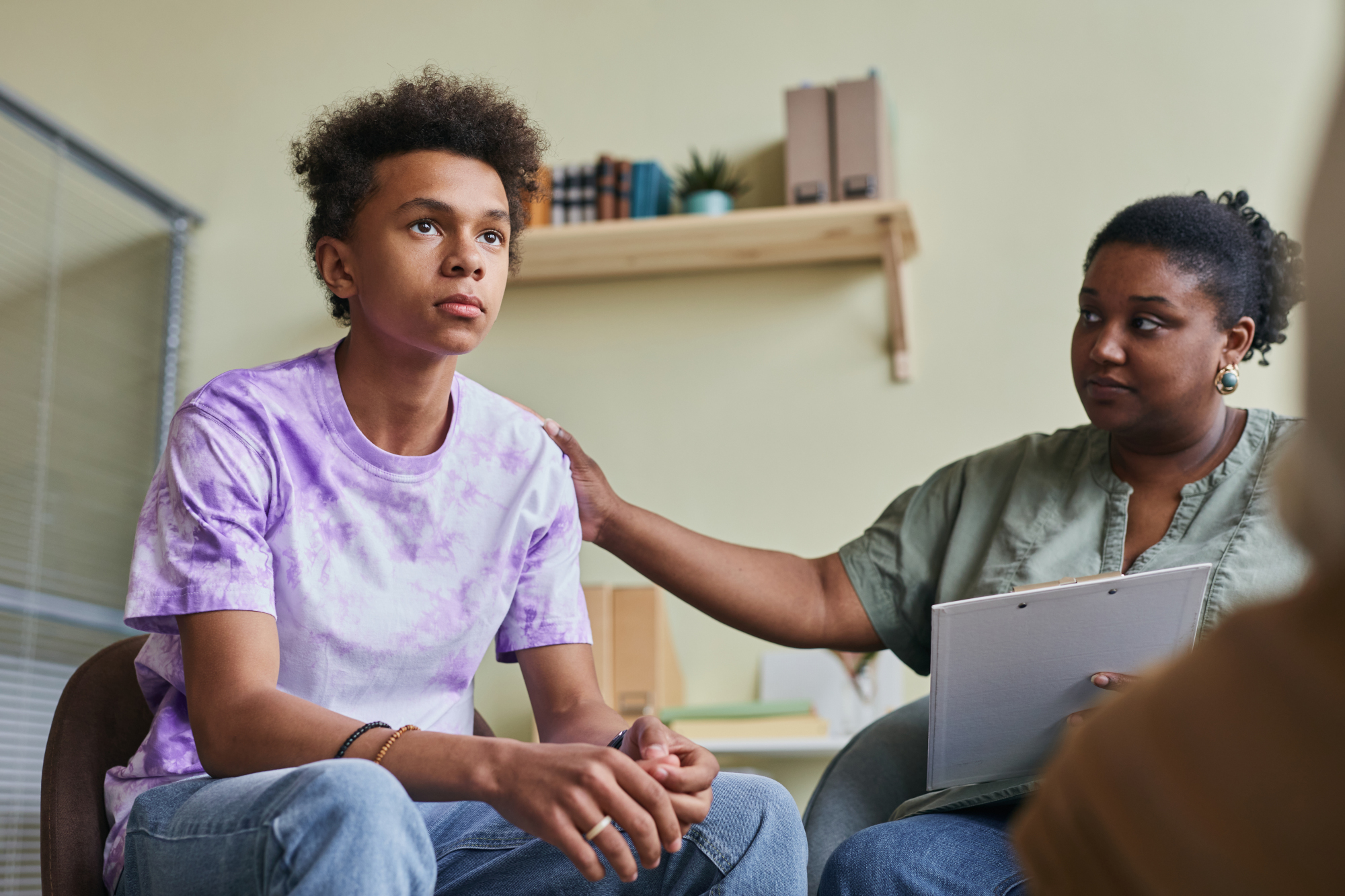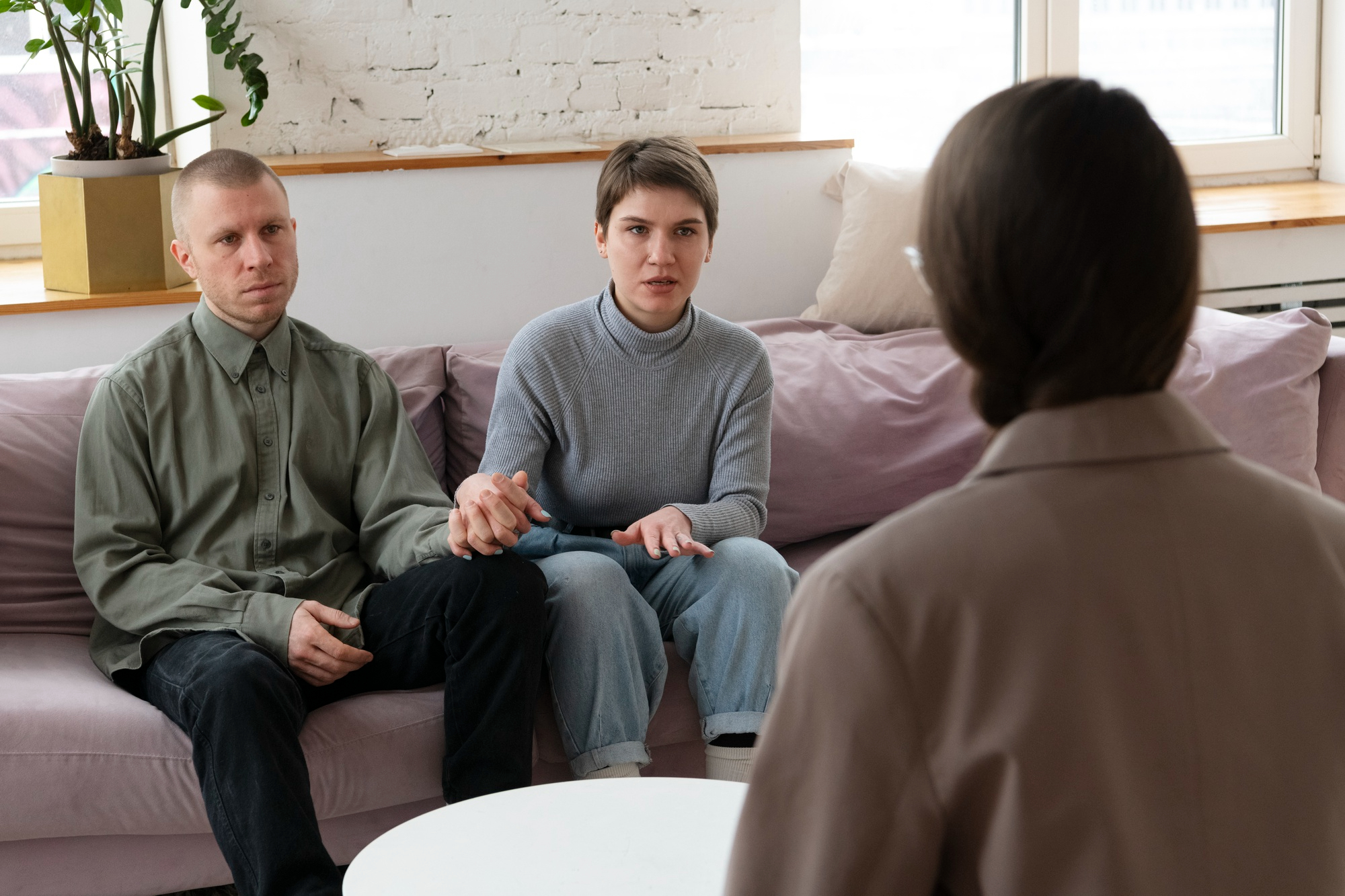“We all have bad days.” “Everyone is sad sometimes.”
Have you heard these things before? If you’re depressed, being told either or both of these tends to make you feel worse, as if you’re not trying hard enough to be happy.
There’s a great deal more to depression than merely “having a bad day.” Some days you may feel there is a huge weight sitting on top of you, draining your energy. You may be spending a lot more time in bed, feeling fatigued, with emotions cloudy or numb, or perhaps they’re the most intense you have ever felt them before.
This is the generalized feeling of what depression could look like for a lot of people. And in most cases, it is that feeling. But did you know there are several types of depression? It’s true—not all of them are alike.
Learn the types of depression, and the underlying signs that someone needs help.
What is Depression? What are the Types of Depression?
Depression is a mood disorder causing continuous feelings of sadness and the loss of interest in your favourite things and activities. It can interfere with thinking, memory, eating, and sleeping.
Though sadness or grief over life’s difficulties is normal, such as the loss of a loved one, depression goes further by continuing daily for a minimum of two weeks, with symptoms that are beyond sadness.
Without treatment, depression can become worse and last for longer, with severe cases leading to self-harm or suicide. Getting help right away can be effective in finding out which type of depression one has and finding the right treatment for improving symptoms.
Common Types of Depression to Know
MDD (Major Depressive Disorder) or Clinical Depression: The most common and the most severe form of depression, with symptoms of sleep issues, loss of interest in favourite activities or changes in appetite, feeling sad, low, or worthless over the course of at least two weeks or more.
Specific Types of MDD:
SAD (Seasonal Affective Disorder) or Seasonal Depression: A form of MDD that surfaces during fall and winter and will cease during spring and summer. Though less common, there is a similar form called reverse SAD which can also appear, usually lasting through spring and summer, before ceasing during fall and winter.
Prenatal Depression and Postpartum Depression: Referred to as “MDD with peripartum onset,” prenatal depression will occur during pregnancy while postpartum depression will surface four weeks after the baby is born.
Atypical Depression: MDD with atypical characteristics, varying a bit from “typical” depression. The main difference is there’s a temporary improvement in mood from responding to positive events or what is called mood reactivity. Rejection sensitivity and an increase in appetite are other key symptoms.
PDD (Persistent Depressive Disorder): Formerly known as dysthymia, symptoms are less severe than MDD. PDD is a mild or moderate depression that lasts at least two years.
DMDD (Disruptive Mood Dysregulation Disorder): With symptoms beginning usually by the age of ten, children suffer chronic, intense irritability, and frequent outbursts of anger.
PMDD (Premenstrual Dysphoric Disorder): Look at PMS (premenstrual syndrome) and take it a step further with symptoms of extreme irritability, anxiety, or depression. Symptoms usually improve a few days after your period starts, but they are severe enough that can interfere with your daily life.
Depressive Disorder caused by another medical condition: If you can treat the underlying condition, the depression will tend to improve as well. Medical conditions like hypothyroidism, heart disease, and Parkinson’s disease will create changes in your body that cause depression.
Symptoms of Depression & Underlying Signs Someone Needs Help
General Symptoms:
- Persistent sadness, hopelessness, or worry. Children and teens with depression may be more irritable than sad.
- Disinterest in favourite things that brought joy.
- Easily frustrated or irritated.
- Appetite and weight change; either eating too much or too little.
- Sleep issues such as insomnia (issues sleeping) or hypersomnia (sleeping too much).
- Fatigue or low energy.
- Memory issues such as having a challenging time remembering things, making decisions, or concentrating.
- Physical issues including headaches, stomachaches, or sexual dysfunction.
- Thoughts of self-harm or suicidal ideation.
Hidden Symptoms:
Alcohol or Drug Use: Some will turn to drugs or alcohol as a coping mechanism to numb what they are feeling or to shove all the feelings down.
Negative Self-Talk: Inner dialogue in your head that tells you all the mean things, is self-critical and damaging to your psyche.
Forced Happiness: Known as “smiling depression” due to those who hide their inner depressive feelings with a giant smile while around other people. Also known as “masking,” the mask may start to slip over time, making it harder to keep the “smiling” persona and depressive feelings may surface and outwardly show.
“Depressive Realism”: A person suffering depression may be more meticulous in their view of things that happen and the control they have over them. Someone who is more realistic or pessimistic than others may be showing a sign of depression, especially if there are other depressive symptoms present.
Differences in Personality: Some will experience a change in personality such as becoming angrier and more irritable, or quieter and more withdrawn.
Loss of Interest in Sex: When someone has depression, their loss of libido may be due to the loss of interest in sex and other pleasurable activities, low energy, and fatigue, low self-esteem.
“Vulnerability Hangover”: Sharing what is going on personally, then later feeling awkward, guilty, shameful, or upset about being that vulnerable around someone else. They may reveal their darkest thoughts, even calling a therapist for help, to then back out of the appointment at the last minute saying things like: “I’m fine.” For example, social media posts may be made sharing a lot of personal information and details of what the person is going through, only to then delete these posts shortly after. The reason could be not wanting to feel like a burden to others and loved ones or they’re growing up in the “sweep your feelings under the rug” culture.
Showing Intensified Feelings: A sudden switch in mood, such as increased:
- Irritability
- Sadness
- Nervousness
- Tension
- Panic
- Grief
- Crying outbursts
Women usually convey feelings of sadness, while men are most likely to experience irritability, aggression, and misplaced anger.
When experiencing depression, someone may wander from their baseline of emotions. If they are normally a calm driver, they may now be seen displaying road rage in traffic. Or they may not be one to cry during a movie, and now they start crying over a commercial.
It can be the opposite as well. If someone normally laughs at a favourite funny show, they may now seem “flat” or uninterested. These mood changes are all associated with masked depression.
Support for Depression at Hopewoods
At Hopewoods, we are here for you when you need us. With a combination of years of experience as well as several resources for your emotional toolkit, we can help you understand your type of depression more clearly and help you process your state of mind in a safe, confidential, and non-judgmental space.
If you or a loved one is experiencing several of the signs or symptoms above, do not hesitate to reach out for help. Depression is treatable with the right knowledge and care, to let you live with a healthy sense of well-being.
Contact our staff today with any questions or concerns regarding our services, and how we can help you or your loved ones with depression symptoms. Alternatively, if you feel you’re ready to talk to someone, you can book a free 30-minute consultation.









 by
by